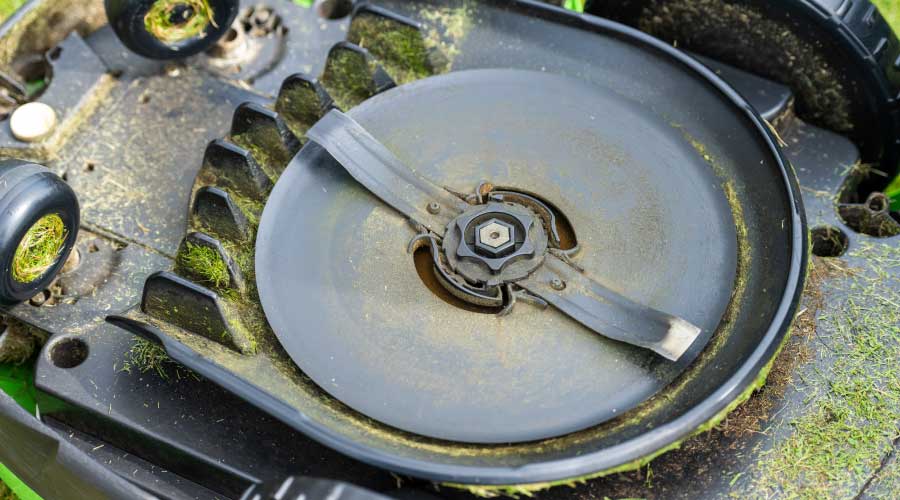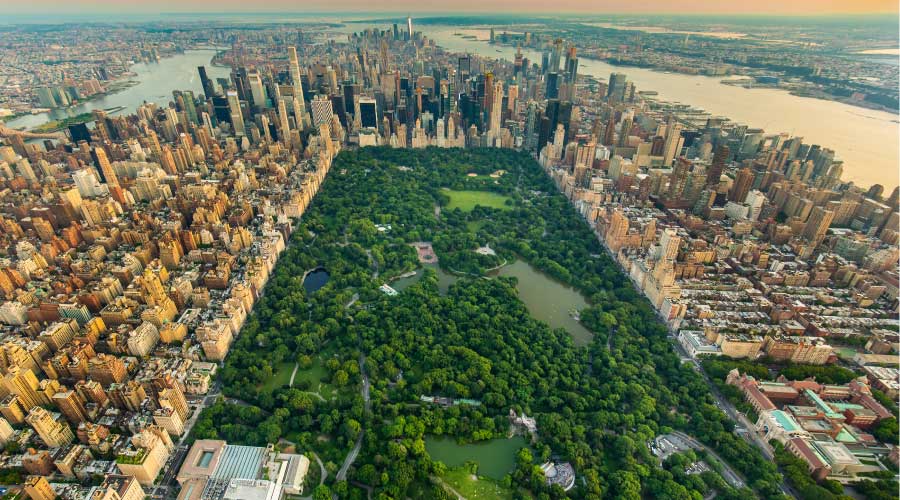Building, Landscape Changes Affect Irrigation System Operations
Part 2 of a 3 part article on irrigation systems
The expansion of facilities, repurposing of buildings, and additions to landscapes, such as basketball and tennis courts and playgrounds, are reasons managers might need to assess their impact on irrigation systems.
“The function of a building changes, and thus the function of the landscape for that end user also changes,” Shelby says.
When properties undergo significant changes to existing buildings or parking areas, managers need to assess their impact on irrigation systems.
“All of a sudden we’re taking what used to be turf irrigation, which used to be wide open, and putting in plants or other surfaces that now either require or don’t require irrigation,” Shelby says. “It’s changing the demand on the system. It’s really the true function of what the customer would need for their property. As they grow and change the building, that has an impact on what they’re doing.”
Water scarcity
Rising water costs and drought conditions are among the factors that can force managers to consider eliminating or reducing irrigation systems in favor of landscapes that use lower-maintenance plants, which require less water.
“A leading indicator that it’s time to change the irrigation system is environmental changes,” Shelby says. “Water not being present is an incredible environmental impact. Thus, we’re not able to use water in the way that we originally designed the system.”
Transitioning to more sustainable landscapes that require less or even no water can be costly at first, but it can save money in the long run.
“There is a return on investment (ROI) there,” Shelby says. “There is ROI in the fact that you are going to dramatically reduce water consumption, thus dramatically reducing your water bill.”
Related Topics:














